Posted on 19 February 2024 by Naja Yndal-Olsen (PhD student, Department of Sociology and the Agenda 2030 Graduate School). Photo: We Animals Media
The views expressed in this publication are those of the author and do not necessarily represent those of the Agenda 2030 Graduate School or Lund University. The present document is being issued without formal editing.
Popular media discourses and heated debates on possible transitions to plant-based food systems can sometimes give the impression that veganism is a newfangled trend or that advocacy for animals is an intrinsically Western or even ‘white’ social phenomenon.
However, such portrayals neglect how advocacy for Earth Others can be traced way back in the global history of ideas – and ignore contemporary forms of non-Western veganism. Here, I have selected a few examples of historical forerunners, which may surprise some readers.
Ahimsa: ‘non-harm’ towards all living beings
The first recorded ethical concept that can be seen as a forerunner of veganism and the wish for peaceful human-animal relations is the principle of Ahimsa: ‘nonviolence’ or ‘non-harm’ towards all living beings. This principle of nonviolence towards animals was an established rule of ancient Indian religions as early as the 6th century BCE[1]. Particularly in Jainism, Ahimsa in action, words, and thought has constituted an ethical cornerstone since ancient times[2]. How Ahimsa should be practised has been interpreted differently in various religions, cultures, times and contexts, varying from meat-eating over vegetarianism and veganism to fruitarianism and consideration of plant life in everyday life choices[3].
Among the earliest unambiguous encouragements to refuse the consumption of animals is the Tirukkuṟaḷ: A classic text in Tamil language that has been dated from 300 BCE to 500 CE (most seem to agree that it was written around 500 CE). The Tirukkuṟaḷ’s first book “On Virtues” includes a chapter titled “The Renunciation of Flesh”, which consists of ten couplets. For example:
“He who fattens on the flesh of animals, can he ever understand the rule of love?“[4]
“How can he be possessed of kindness, who to increase his own flesh, eats the flesh of other creatures“[5]
“If it be asked what is kindness and what its opposite, the answer would be preservation and destruction of life; and therefore it is not right to feed on the flesh (obtained by taking away life)“[6]
“If one realises that meat is nothing but the wound of another creature, one refrains from eating it“[7]
Thousand year old Syrian promotion of ethical veganism
Despite the importance of the ancient principle of Ahimsa, compassion towards nonhuman Others has not been driven primarily by religious morals. Jumping forward in time to another non-Western context, the atheist Arab philosopher Abū al-ʿAlāʾ al-Maʿarrī (973 – 1057 CE) from Syria advocated veganism out of care for animals in their own right. A verse in a poem, which has been translated into “Steal No More from Nature”, goes as follows:
“You are diseased in understanding and religion.
Come to me, that you may hear something of sound truth.
Do not unjustly eat fish the water has given up,
And do not desire as food the flesh of slaughtered animals,
Or the white milk of mothers who intended its pure draught
for their young, not noble ladies.
And do not grieve the unsuspecting birds by taking eggs;
for injustice is the worst of crimes.
And spare the honey which the bees get industriously
from the flowers of fragrant plants;
For they did not store it that it might belong to others,
Nor did they gather it for bounty and gifts.
I washed my hands of all this; and wish that I
Perceived my way before my hair went gray!”[8]
The poems of Abū al-ʿAlāʾ al-Maʿarrī may be the first recorded promotions of ethical veganism. According to Nicholson (1921), al-Maʿarrī also advocated against hunting and the use of fur and leather[9]. In a passage of another poem, for example, he wrote:
“The wooden shoes I do like best because
that skin did once live, aye, and even think“[10]
Ancient Greek and Roman philosophers: Promotion of vegetarianism
Many ancient Greek and Roman philosophers practised and promoted vegetarianism. Among others, Pythagoras (570 – 495 BCE), Empedocles (444–443 BCE), Theophrastus (371 – 287 BCE), Seneca (4 BCE – 65 CE), Ovid (43 BCE – 17 CE), Plutarch (45-120 CE), Plotinus (204/5-270 CE) and Porphyry (234-305 CE) are known to have been vegetarians[11]. Among these ancient thinkers, different types of arguments for vegetarianism were presented. Some of the arguments were anthropocentric or self-oriented, e.g. ideas about transmigration (saving animals in the belief that they were or would become humans) or health (considering flesh as harmful for the body or soul)[12]. However, another type of arguments was concerned with the animals in their own right, focusing on suffering and the deprivation of future life. Syrian-born Porphyry (234-305 CE), for example, presented arguments with similarities to the core arguments of Peter Singer[13], who – together with other members of ‘the Oxford School’ from Oxford University and the nascent ecofeminist movement – formed the intellectual foundation of the modern Western animal rights movement during the 1960s and 1970s.[14]
Animal advocate suffragettes
Organised forms of Western animal advocacy started with late 1800s groups, particularly anti-vivisection organisations, but also, for example, the anti-plumage movement. Their members were primarily women[15]. One of the explanations for women’s engagement in these organisations is that the oppression of animals was often linked to the oppression of women. In Victorian England, feminists connected vivisection with institutionalised abuse of women, particularly within the medical sphere[16]. Many leading animal advocates were also central figures in the suffragette movement, and it was common among first-wave feminists to advocate vegetarianism[17]. Generally, the anti-vivisection movement became increasingly attuned to radical politics oriented towards the interests of women and the working class[18].
More-than-human solidarity
In my experience, advocacy for nonhumans is sometimes delegitimised or neglected as part of the “true” revolutionary movements, because some see the work as an expression of privileged charity rather than political solidarity. While this might be true in some regards and to some extent, counter-cases definitely exist. In an analysis of the modern Pythagorean movement (1640s – 1790s), Hribal (2007) highlights how the majority of the participants were trade labourers without formal education. Like Pythagoras (570 – 495 BCE), who advocated a diet of bread, honey, and vegetables, the modern Pythagorean movement practised vegetarianism. Some did not consume milk and eggs, some did not wear leather or wool, and some refused to travel in horse-driven carriages[19]. According to Hribal (2007), these vegans consisted of a small group of working people, who through experiences of war, labour processes and the daily grind of city life came to identify their struggles with that of working animals and thus articulated a form of more-than-human solidarity.
Vegan advocacy as cultural imperialism or decolonial politics?
It is my impression that veganism and animal rights activism are often understood as privileged standpoints rather than a way of critically addressing (anthro)privilege[20]. Nevertheless, there are important nuances. Vegan claims-making can indeed be privilege-blind, not taking into consideration the prevalence of urban food deserts with poor access to fresh foods, lack of food sovereignty, people living in geographical environments where animal consumption is necessary, as well as cultural aspects of food traditions and the risk of promoting cultural imperialism. It is also evident that the modern version of the animal rights movement operates mostly within the Anglosphere and Europe. However, insisting that veganism is an inherently white, Western, privileged consumer practice neglects black and indigenous veganisms, often seen by its practitioners as part of decolonial developments[21]. After all, the establishment and expansion of cattle and sheep ranching played an important role in the European colonisation of other parts of the world, and the still increasing ‘meatification’ and ‘dairyfication’ of diets are related to the introduction and dominance of Western agribusiness methods in other countries at the expense of local farming methods and indigenous knowledge[22]. Therefore, the decolonisation of diets, which were mainly plant-based before the westernisation, is seen by some as cultural empowerment. Others focus on the interconnectedness of conceptual notions of species, race and gender, and how oppressions based on these conceptualisations intersect[23]. An additional point is that vegan foods, which are sometimes presented as related to a newfangled Western food trend, have been part of traditional cuisines for millennia or centuries, such as tofu in China and Japan and tempeh in Indonesia.
Plant-based capitalism and the depoliticisation of veganism
Since veganism is often presented as a recent trend, it might surprise some that the term “veganism” was already coined in 1944 by The Vegan Society, UK. In early conceptions, veganism was never just about food choices or items for consumption. Rather, it was seen as an activist theory and practice to prefigure an emancipatory project of interspecies justice, focusing on enmeshed oppressions of animals, humans and the environment. Moreover, veganism has often had anti-capitalist implications[24]. However, now that veganism is moving from the margins to the mainstream, common ideas about veganism have become increasingly depoliticised and associated with the “green rush” of multinational corporations that seek to exploit the growing market niche – what Giraud (2021) has termed ‘plant-based capitalism’. Popular discourses often frame veganism as simply a diet and embrace individualised, consumerist approaches to cultural change. Instead of being seen as part of the extra-parliamentary political sphere, veganism is thus being placed in the spheres of the market and the individual.
[1] Spencer, Colin (1993). The Heretic’s Feast. A History of Vegetarianism, London Fourth Estate
Tähtinen, Unto (1976). Ahimsa: Nonviolence in Indian Tradition. London: Rider.
[2] Szűcs, E. et al. (2012) Animal Welfare in Different Human Cultures, Traditions and Religious Faiths. Asian-Australasian Journal of Animal Sciences, vol. 25, issue 1.
[3] Tähtinen, Unto (1976). Ahimsa: Nonviolence in Indian Tradition. London: Rider.
Ramadurai, C. (2024) Are Jains the original vegans? BBC.
https://www.bbc.com/travel/article/20240104-are-jains-the-original-vegans
[4] Tirukkural, verse 251. English translation by Ramachandra dikshitar, 1949.
https://www.projectmadurai.org/pm_etexts/utf8/pmuni0665.html
[5] Tirukkural, verse 251. English translation by Pope et al. 1886
https://www.projectmadurai.org/pm_etexts/utf8/pmuni0153.html
[6] Tirukkural, verse 254. English translation by Pope et al. 1886
https://www.projectmadurai.org/pm_etexts/utf8/pmuni0153.html
[7] Tirukkural, verse 257. English translation by Ramachandra dikshitar, 1949.
https://www.projectmadurai.org/pm_etexts/utf8/pmuni0665.html
[8] al-Maʿarrī (973 – 1057 CE) in Nicholson, Reynold A. (1921) Studies in Islamic Poetry. Cambridge: Cambridge University Press,1921. “The Meditations of Al-Maʿarri”, verse 197, pages 134-135: https://archive.org/details/studiesinislamic00nichuoft/page/134/mode/2up
The presented quote is a slightly modernized translation retrieved from: http://www.humanistictexts.org/al_ma%27arri.htm
[9] Nicholson, Reynold A. (1921) Studies in Islamic Poetry. Cambridge: Cambridge University Press,1921. https://archive.org/details/studiesinislamic00nichuoft/page/n3/mode/2up
[10] al-Maʿarrī (973 – 1057 CE) in Nicholson, Reynold A. (1921) Studies in Islamic Poetry. Cambridge: Cambridge University Press,1921. “The Meditations of Al-Maʿarri”.
https://archive.org/details/studiesinislamic00nichuoft/page/n3/mode/2up
[11] Dombrowski, A. (1984) Vegetarianism and the Argument from Marginal Cases in Porphyry. Journal of the History of Ideas, Vol. 45, No. 1 (Jan. – Mar., 1984), pp. 141- 143
Phelps, N. (2007) The Longest Struggle. Animal Advocacy from Pythagoras to PETA.
Lantern Publishing & Media
[12] Dombrowski, A. (1984) Vegetarianism and the Argument from Marginal Cases in Porphyry. Journal of the History of Ideas, Vol. 45, No. 1 (Jan. – Mar., 1984), pp. 141- 143
[13] Ibid.
[14] See e.g. Okuleye, Y. & Garner, R. (2020). The Oxford Group and the Emergence of Animal Rights : An Intellectual History. Oxford University Press.
See e.g. Gaard, G. (2017). Posthumanism, Ecofeminism, and Inter-Species Relations. In MacGregor,
S. (Ed.) Routledge Handbook of Gender and Environment. Routledge
[15] Gaard, G. (2017). Posthumanism, Ecofeminism, and Inter-Species Relations. In MacGregor,
S. (Ed.) Routledge Handbook of Gender and Environment. Routledge.
[16] Elston, M. A. (1987). Women and the anti-vivisection movement in Victorian England, 1870-1900. In Rupke, N. (ed.) Vivisection in historical perspective. London: Croom Helm.
[17] Leneman, L. (1997). The awakened instinct: vegetarianism and the women’s suffrage movement in Britain, Women’s History Review, 6:2, 271-287
[18] Lansbury, C. (1985). The Old Brown Dog: Women, Workers, and Vivisection in Edwardian England. University of Wisconsin.
[19] Hribal, J. (2007). Animals, Agency, Class. Writing the History of Animals from Below. Human Ecology Review, Vol. 14, No. 1.
[20] See Springer, S. (2022a). Check Your Anthroprivilege! Situated Knowledge and Geographical Imagination as an Antidote to Environmental Speciesism, Anthroparchy, and Human Fragility. In Hodge, P & McGregor, A. & Springer, S. & Veron, O. & White, R.J. (ed.),
Vegan Geographies: Spaces Beyond Violence, Ethics Beyond Speciesism. Lantern Publishing & Media
See Greenebaum, J. (2016) Questioning the Concept of Vegan Privilege: A Commentary. Humanity & Society, vol. 41, issue 3.
[21] Adewale, O. & Harper, B. (ed.). (2021). Brotha Vegan: Black Men Speak on Food, Identity, Health, and Society. Lantern Publishing & Media.
Jones, P. & Harper, B. (ed.). (2020). Sistah Vegan: Black Women Speak on Food, Identity, Health, and Society. Lantern Publishing & Media.
Ko, A. & Ko, S. (2017). Aphro-ism: Essays on Pop Culture, Feminism, and Black Veganism from Two Vegan Sisters. Lantern Publishing & Media
Brueck, J. F. (2017). Veganism in an Oppressive World: A Vegans-of-Color Community Project. Sanctuary Publishers.
Robinson, M. (2013). Veganism and Mi’kmaq legends. The Canadian Journal of Native Studies, 33, 1, pp. 189-196.
Robinson, M. (2014). Animal Personhood in Mi’kmaq Perspective. Societies, 4, pp. 672-688.
Ko, A. (2019). Racism as Zoological Witchcraft: A Guide to Getting Out. Lantern Publishing & Media
[22] Cudworth, E. (2011). Climate Change, Industrial Animal Agriculture and Complex Inequalities. The International Journal of Science in Society, 2(3), pp. 323-334.
Hansen, A. (2018). Meat consumption and capitalist development: The meatification of food provision and practice in Vietnam. Geoforum, Vol. 93, pp. 57-68.
Sharma, I. P., Kanta, C., Dwivedi, T., Rani, R. (2020) Indigenous Agricultural Practices: A Supreme Key to Maintaining Biodiversity. In R. Goel et al. (eds.), Microbiological Advancements for Higher Altitude Agro-Ecosystems & Sustainability, Rhizosphere Biology, https://doi.org/10.1007/978-981-15-1902-4_6
[23] Brueck, J. F. (2017). Veganism in an Oppressive World: A Vegans-of-Color Community Project. Sanctuary Publishers.
Ko, A. & Ko, S. (2017). Aphro-ism: Essays on Pop Culture, Feminism, and Black Veganism from Two. Lantern Publishing & Media
Adewale, O. & Harper, B. (ed.). (2021). Brotha Vegan: Black Men Speak on Food, Identity, Health, and Society. Lantern Publishing & Media.
[24] Giraud, E. (2021) Veganism – Politics, Practice, and Theory. Bloomsbury Academic.
White, R. (2018) Looking backward/ moving forward. Articulating a “Yes, BUT…!” response to lifestyle veganism, and outlining post-capitalist futures in critical veganic agriculture. EuropeNow (20). Sheffield Hallam University.

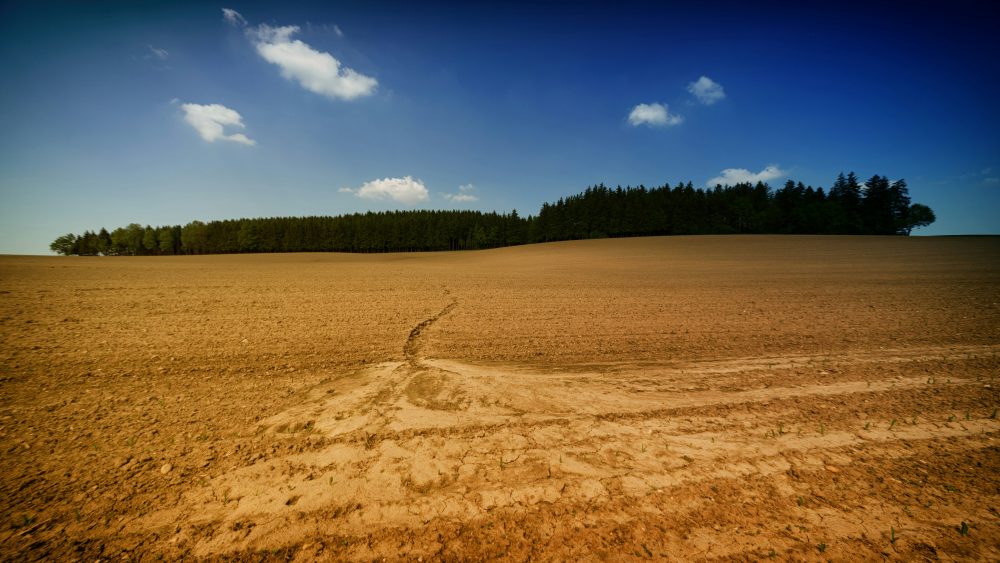

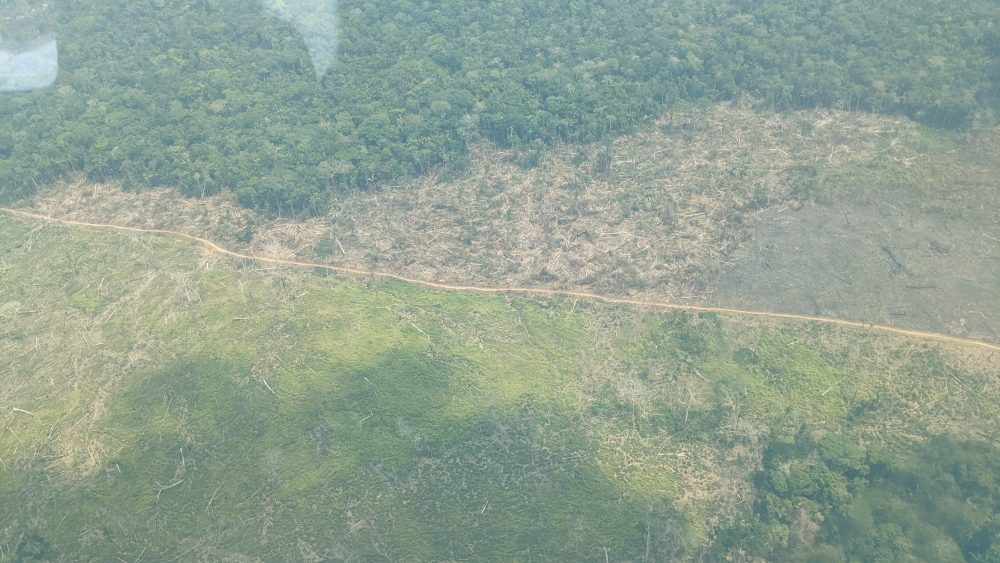
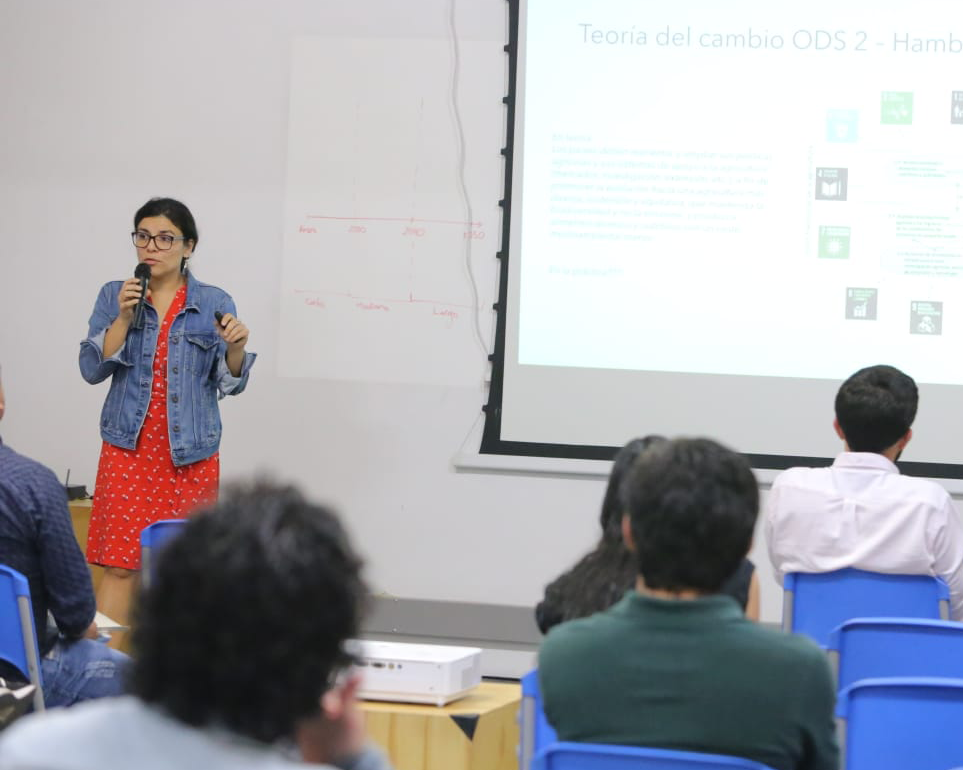
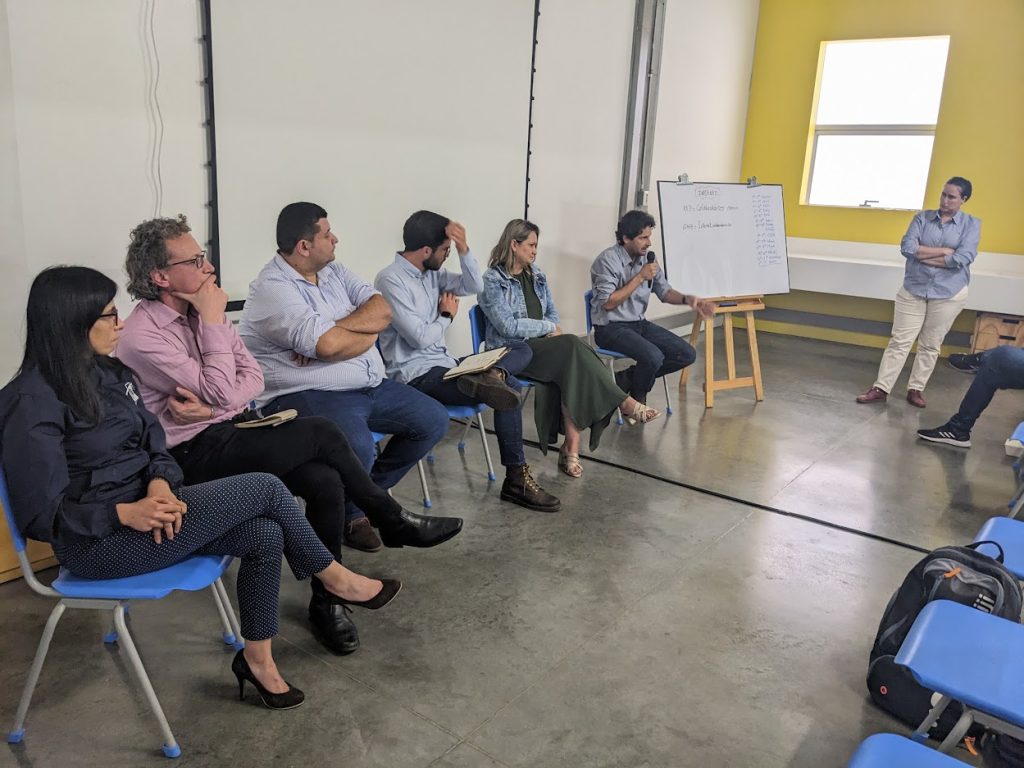
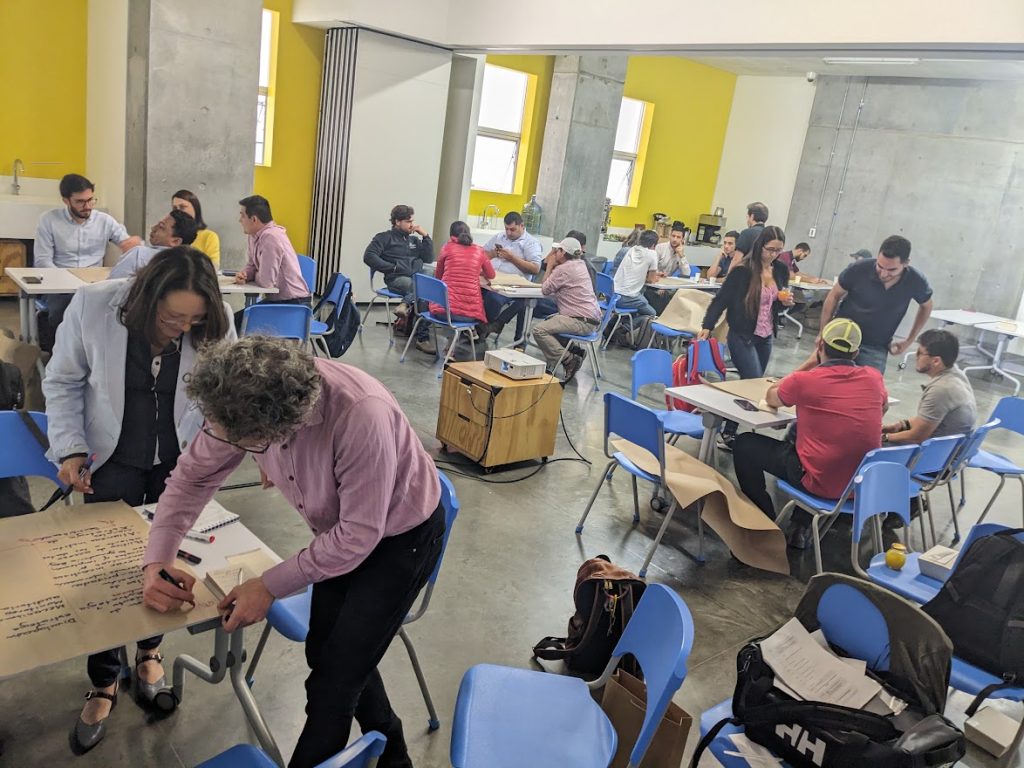

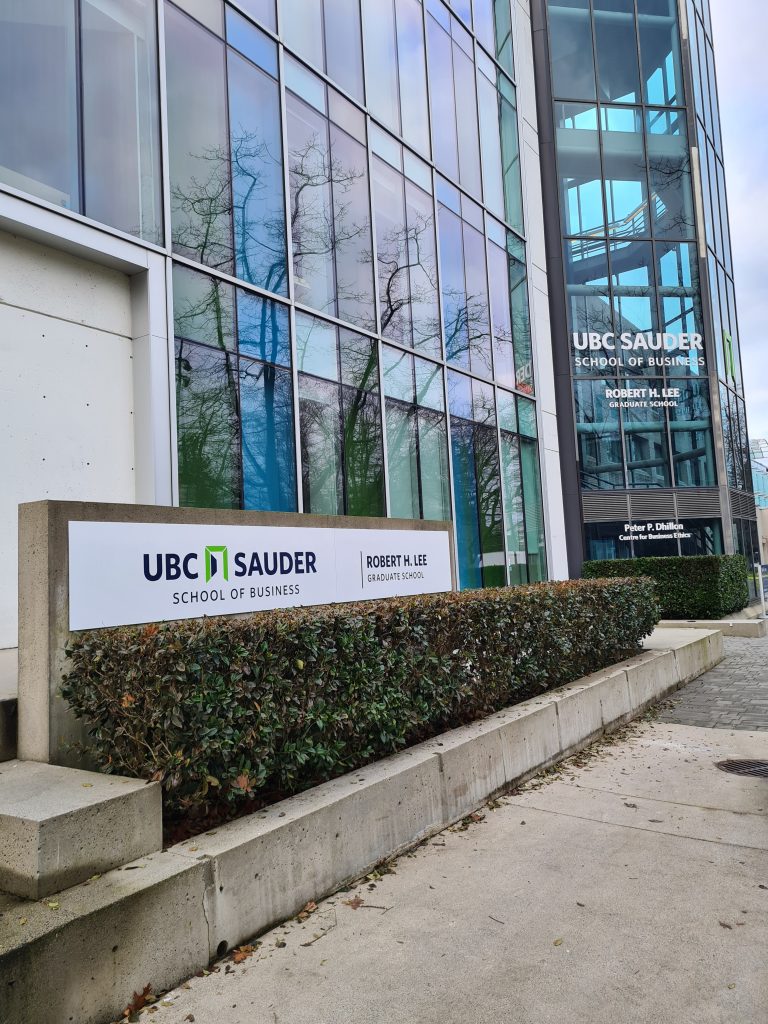
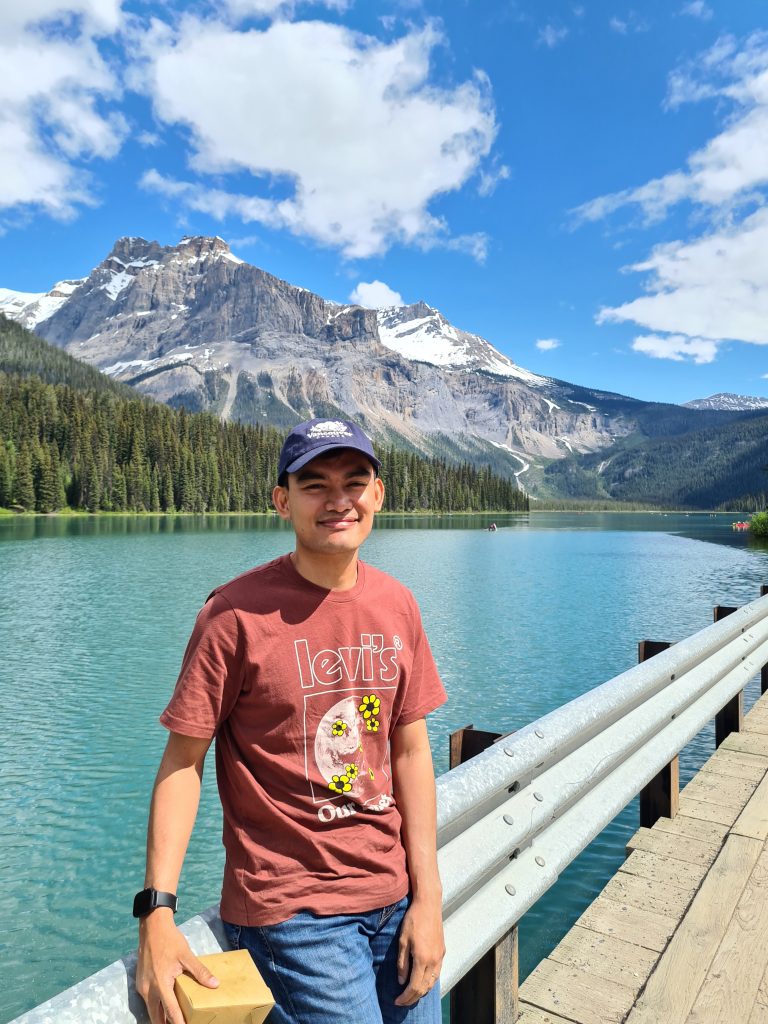


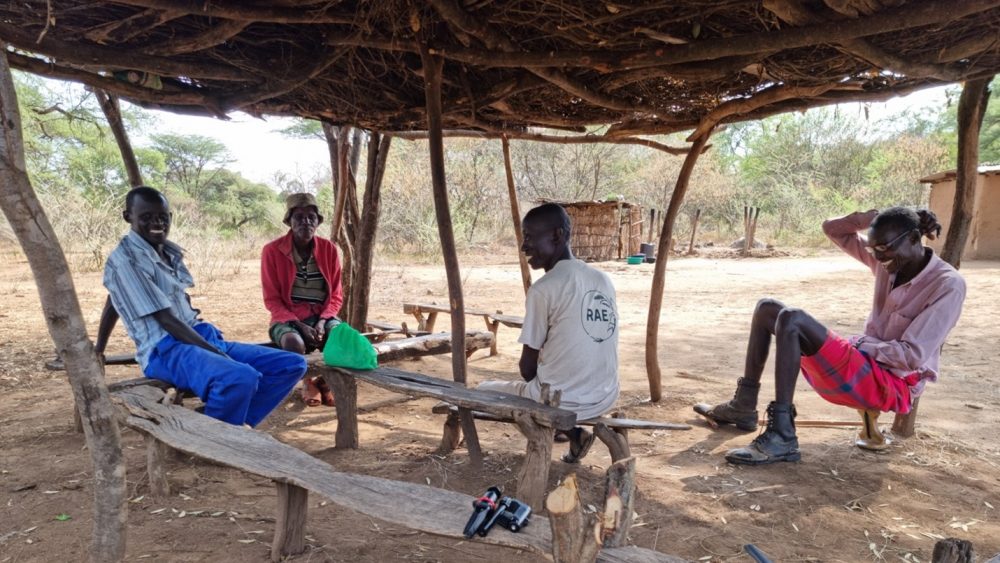


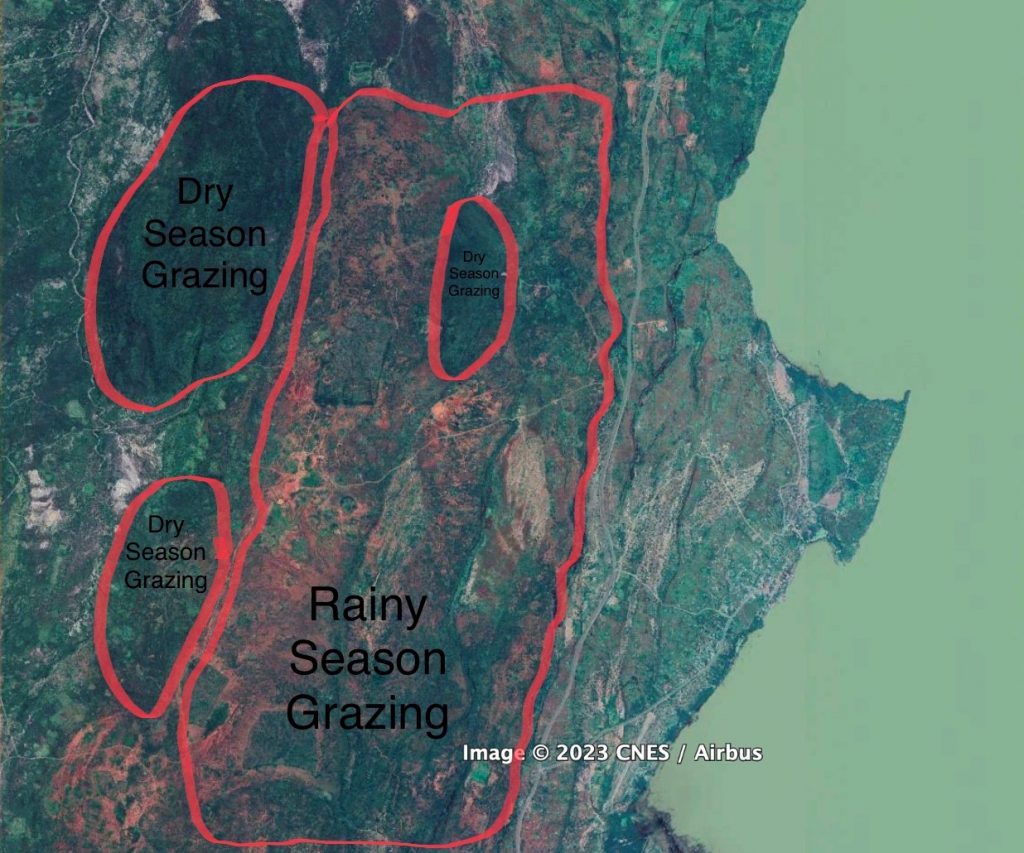



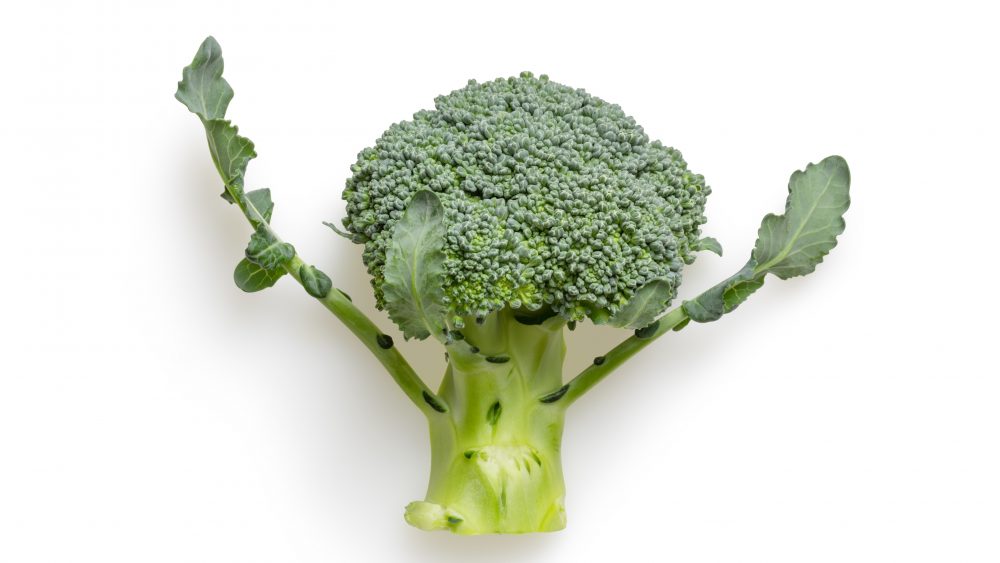


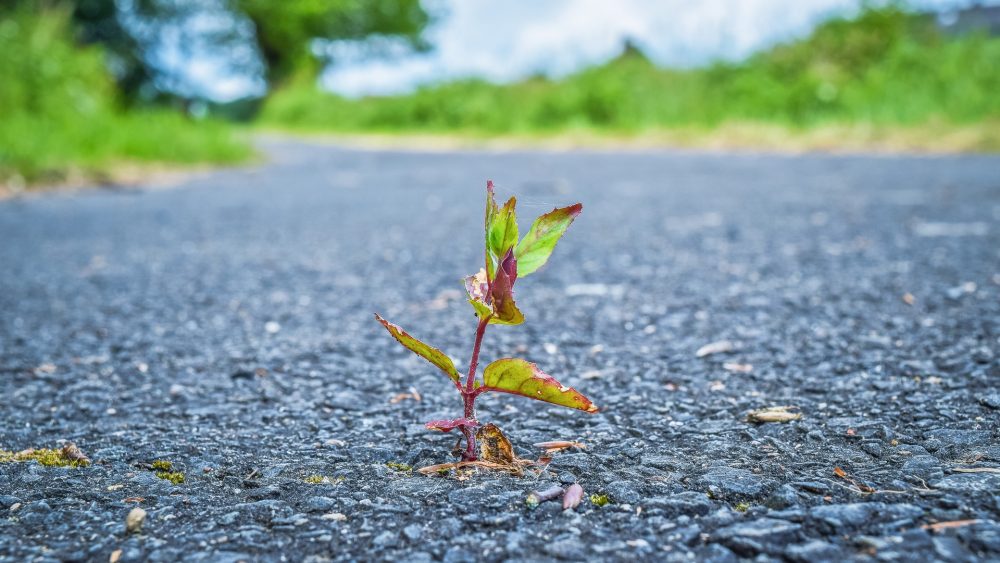


Comments